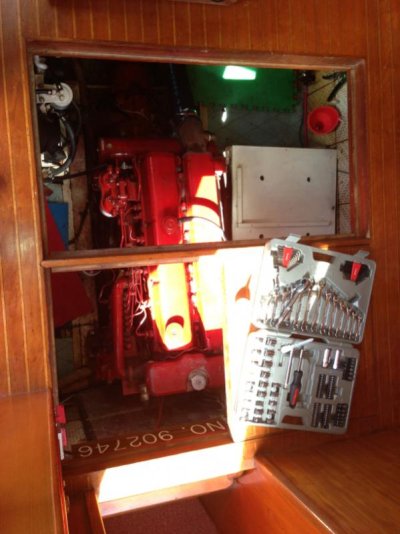I wasn't leaning toward it. I felt it would add an extra element of variability that I do not need. I was thinking in fact to order the spin-on adapters - which I believe due to the reduced connections, would be more reliable. So I assume...
I'm not happy to be unsuccessful, but this fuel thing is my scariest obstacle in my engine learning to date. So I am happy to deal with it and learn the pitfalls. Just wish I would get past them soon.
Once past this, I hope to re-plumb my cooling with new hoses and ream my heat exchanger, but first things first.

Ben,
Sorry to hear your frustration, as the exact same thing happened to me when I changed my Racors. I too, was afraid to change anything, since the engine had been running so well for over a 100 hours.

For me, I was forced to finally change the Racors, when the engine stopped in the middle of Long Island Sound. I switched to the other Racor and luckily, got the engine running.

So next day, at marina, I decided to change Racors.
Did so, replaced large black rubber gasket, left small orange one that is on top of lid alone, as it looked happy.

Started engine. It ran for 15 minutes and then died.

Tried to start it again, no start.
Started worrying about wet exhaust. Looked at book, luckily decided not to f… around with I had not already touched. So I did not try to bleed injectors, etc., as my experience with engines has been that even when you think it can’t be something you did, it is.

I reluctantly called by great mechanic, Dave in Florida, he told me that when I changed Racors, I had to refilled them to overflowing, so as I tightened the lid, fuel would come out, I did, and the engine started right up (need to put it at medium throttle) and hasn't stopped running since.


Then, a few weeks later, I changed the engine fuel filters and just followed the manual to the letter. All it really took was re-priming using the self-priming lever on the side of the injector pump. Worked as advertised.
How long did the engine run the first time it quite? That should give you some idea as to where the air leak it.
Good luck.





